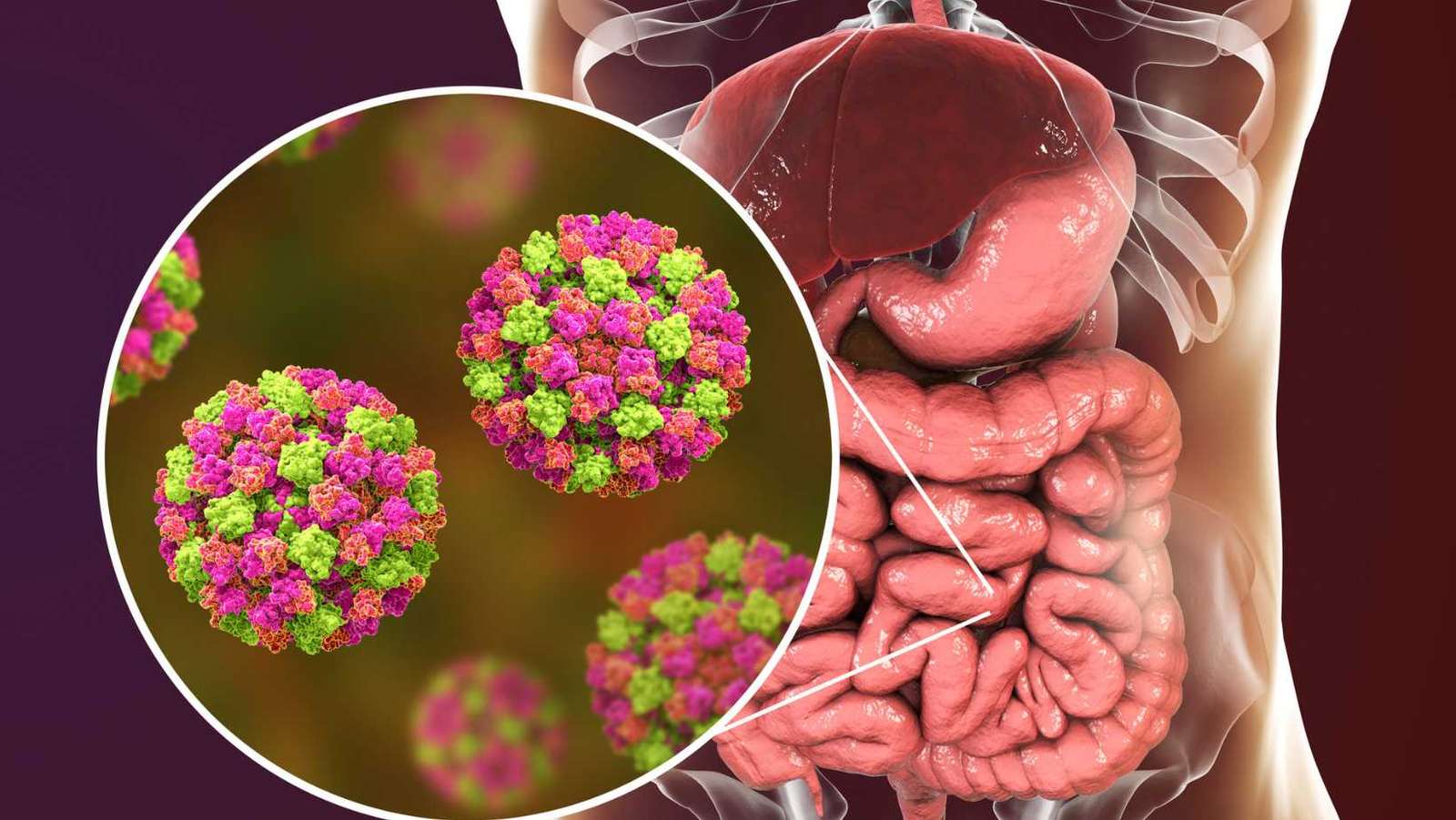|
Getting your Trinity Audio player ready...
|
Meet Mrs. Sharma, a vibrant 58-year-old who attributed her occasional spotting of blood after bowel movements to ‘just getting older’ and perhaps a touch of piles. It was easy to dismiss, life being busy and those symptoms of rectal polyps often starting subtly. But a persistent feeling that something wasn’t quite right nudged her to finally schedule a routine check-up. What doctors found were several rectal polyps, one of which showed early precancerous changes. For Mrs. Sharma, that seemingly minor symptom was the crucial early warning that paved the way for timely intervention and a healthier future.
Table of Contents
ToggleThis isn’t just Mrs. Sharma’s story. Every day, individuals experience subtle symptoms of rectal polyps that can easily be overlooked or brushed aside. As a Consultant Gastroenterologist & Hepatologist, I’ve seen firsthand how recognizing these early signs can be life-saving. That’s why I’ve put together this comprehensive guide, where we’ll delve into the critical symptoms of rectal polyps, explore why early detection is paramount, and discuss the effective strategies available to safeguard your digestive health. Let’s learn together how to identify these silent signals and take proactive steps for your well-being.
Rectal polyps are abnormal growths that develop in the lining of the rectum—the last portion of the large intestine. While many are benign, some carry the potential to progress into colorectal cancer if not detected and treated early. Recognizing the symptoms of rectal polyps is critical, especially as most individuals remain unaware of their presence until complications occur.
In this article, we’ll explore the signs, risk factors, screening methods, and treatment options for rectal polyps, helping you stay informed and proactive about your digestive health.
What Are Rectal Polyps?
Rectal polyps are small clumps of cells that form on the rectum’s lining. While usually noncancerous, some may show precancerous changes. These polyps vary in shape, size, and cellular structure and may appear flat (sessile) or have a stalk (pedunculated).
Understanding the symptoms of rectal polyps helps in distinguishing them from other gastrointestinal conditions such as hemorrhoids or irritable bowel syndrome.
Types of Rectal Polyps
Rectal polyps are broadly classified into:
- Neoplastic Polyps : These include adenomas and serrated polyps, both of which can become cancerous over time.
- Non-Neoplastic Polyps : These include hyperplastic and inflammatory polyps, which are generally benign.
How Common Are Rectal Polyps?
Rectal polyps are more common than most people think. Up to 40% of adults over 50 may have one or more polyps. They are often discovered during routine colonoscopy screenings. The likelihood of developing polyps increases with age, poor diet, family history, or genetic predisposition.
Read more: Digestive Health Conditions
Early Symptoms of Rectal Polyps
1. Rectal Bleeding
One of the most common symptoms of rectal polyps is rectal bleeding. This can appear as bright red blood on the toilet paper or in the stool. While bleeding can also be due to hemorrhoids or anal fissures, persistent or unexplained bleeding should never be ignored.
2. Changes in Bowel Habits
Another early indicator is a noticeable and unexplained change in bowel habits, including:
- Persistent constipation or diarrhea
- Narrow or ribbon-like stools
- A feeling of incomplete evacuation
These symptoms may point to a larger or obstructive rectal polyp.
3. Abdominal Pain or Cramping
Large polyps can create partial bowel obstruction or irritation, causing lower abdominal discomfort or pain, bloating, and even cramping.
4. Anemia and Fatigue
Bleeding from polyps can lead to iron deficiency anemia over time. Symptoms of anemia include:
- Chronic fatigue
- Pale skin
- Dizziness or breathlessness
This subtle sign often goes unnoticed until routine blood tests reveal a deficiency.
When to See a Doctor

If you experience any of the following symptoms of rectal polyps , consult your healthcare provider immediately:
- Blood in stool
- Long-lasting changes in bowel movements
- Persistent abdominal discomfort
- Unexplained fatigue or weight loss
Prompt evaluation allows for early intervention, which can prevent complications like colorectal cancer.
Risk Factors for Developing Rectal Polyps

Several factors increase your risk of developing rectal polyps:
- Age : Risk increases after age 50
- Family history : Especially if a close relative had polyps or colorectal cancer
- Obesity and Sedentary Lifestyle
- Smoking and Alcohol Consumption
- High-fat, low-fiber diet
- Inflammatory bowel diseases (IBD)
Genetic Conditions Linked to Polyps
Genetic syndromes can predispose individuals to early or multiple polyps:
If you have a family history of these conditions, genetic testing and regular screenings are recommended.
Read more: Liver & GI Genetic Risk Factors
Appearance and Size of Rectal Polyps
- Size : Polyps can be as small as a pea or larger than a cherry. Larger polyps carry a higher risk of malignancy.
- Shape :
- Sessile Polyps : Flat, difficult to detect
- Pedunculated Polyps : Attached via a stalk, easier to identify and remove
- Flat Polyps : More subtle and require advanced imaging to detect
Screening and Diagnosis
Detecting polyps early is essential. The following screening tests help identify them before they cause symptoms:
1. 
The gold standard. Allows visualization of the entire colon and rectum and removal of polyps during the same procedure.
2. CT Colonography (Virtual Colonoscopy)
A less invasive method using CT imaging. Requires bowel preparation but no sedation.
3. Flexible Sigmoidoscopy
Examines the rectum and lower part of the colon. Useful for identifying symptoms of rectal polyps specifically.
4. Stool Tests (FIT, gFOBT, FIT-DNA)
Look for hidden blood or DNA changes in stool. While convenient, positive results should be followed up with a colonoscopy.
Complications of Untreated Rectal Polyps
Ignoring symptoms of rectal polyps can lead to:
- Progression to Colorectal Cancer
- Severe anemia
- Bowel obstruction
- Rectal prolapse (in rare cases)
Approximately 5% of adenomatous polyps may turn cancerous over time. Timely removal significantly lowers this risk.
Colon vs. Rectal Polyps
While often used interchangeably, the distinction lies in their location:
- Colon Polyps : Form in the upper part of the large intestine
- Rectal Polyps : Appear in the last portion before the anus
Both may have similar symptoms and risks, but rectal polyps are easier to detect during sigmoidoscopy or digital rectal exams.
Dysplasia and Cancer Risk

Dysplasia refers to abnormal cell changes within a polyp. It is graded as:
- Low-grade : Mild changes; may not turn into cancer
- High-grade : Severe cellular abnormalities; high risk of cancer
Polyps with high-grade dysplasia must be removed and monitored closely.
Prevention of Rectal Polyps
Reducing your risk starts with lifestyle choices:
1. Healthy Diet
- High in fiber: Whole grains, fruits, vegetables
- Low in red and processed meats
- Rich in antioxidants and plant-based foods
2. Exercise Regularly
Maintains digestive motility and lowers insulin resistance, a contributor to polyp formation.
3. Avoid Smoking and Excessive Alcohol
Both are linked to higher rates of gastrointestinal cancers.
4. Routine Screenings
Begin screening at age 45 or earlier if you have risk factors.
Learn more: Liver and Colon Cancer Prevention
Treatment Options
1. Polypectomy
Most polyps are removed during a colonoscopy via snaring or biopsy tools.
2. Surgical Resection
For large or hard-to-remove polyps, surgery may be required.
3. Follow-up Surveillance
Depending on polyp type and number, repeat colonoscopies are scheduled every 3–5 years.
Conclusion
Understanding the symptoms of rectal polyps is the first step toward proactive gastrointestinal health. While many polyps are benign, their potential to turn cancerous makes early diagnosis and management critical.
Stay vigilant, especially if you are over 45 or have a family history of colorectal issues. Routine screenings, lifestyle modifications, and early medical consultation can make all the difference.
FAQ
What are rectal polyps?
Rectal polyps are small growths on the lining of the rectum, sometimes precancerous.
What are the symptoms of rectal polyps?
The most common symptoms include rectal bleeding, constipation, abdominal pain, and fatigue due to anemia.
When should I see a doctor?
If you notice blood in your stool, changes in bowel habits, or persistent fatigue, consult a gastroenterologist immediately.
How are rectal polyps diagnosed?
Colonoscopy is the most effective method. Other tests include sigmoidoscopy and stool-based screenings.
Can rectal polyps be cancerous?
Some, especially adenomatous polyps with high-grade dysplasia, can turn cancerous over time.
What’s the difference between colon and rectal polyps?
Rectal polyps occur in the rectum; colon polyps occur in the larger colon. Both need evaluation.
How can I prevent rectal polyps?
Eat a fiber-rich diet, maintain a healthy weight, avoid smoking and alcohol, and undergo regular screenings.

Dr. Nivedita Pandey
Dr Nivedita Pandey is a Gastroenterologist in Delhi, Trained in the U.S and provides pre transplant evaluation as well as post-liver transplant care. She is compassionate and caring and is most well known for being a patient listener and spending ample time with patients.
Related Blog Posts
High Stomach Acid Symptoms: Causes and Remedies
April 18, 2025
7 Tips for Relieving Acid Reflux and Back Pain
April 18, 2025





